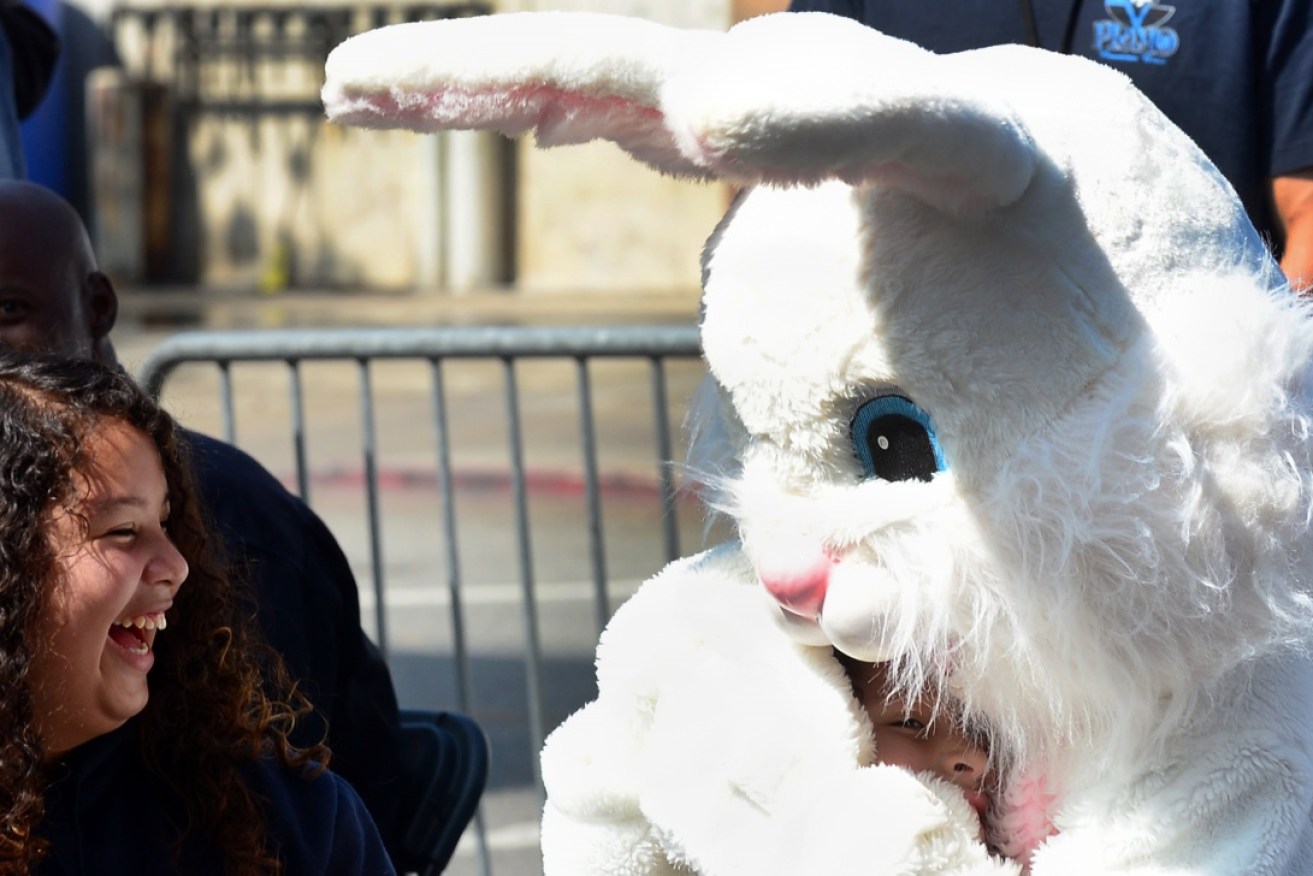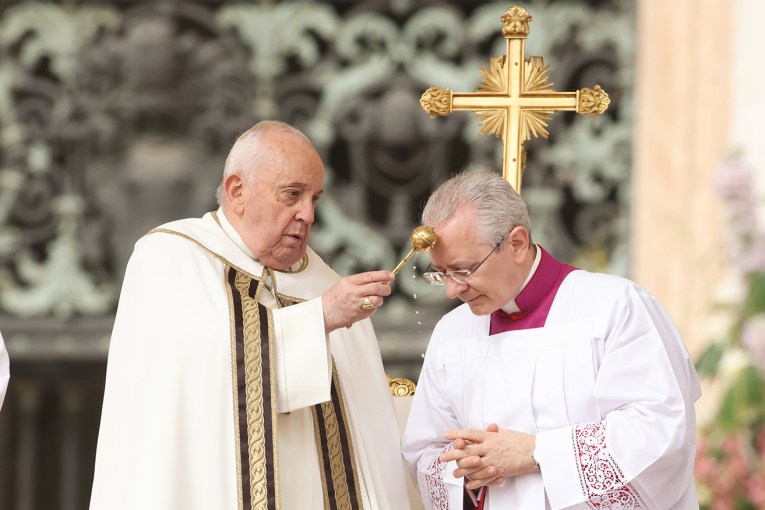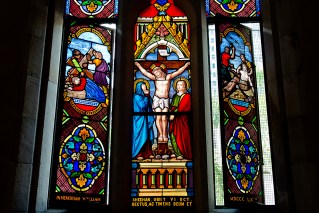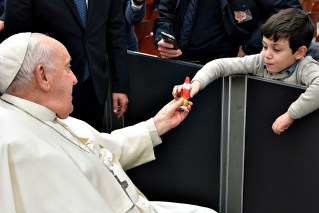Historians and clerics battle over the Easter Bunny


What are the origins of the Easter bunny? Photo: Getty
On Easter Sunday, as your little ones poke through the garden on an egg hunt, one of them might lift her sweet head and ask: “Mummy, where does the Easter Bunny come from?” To which you’ll reply: “Don’t get me started, kid.”
The origins of the Easter Bunny have evolved over the past 30 years into a sneering stand-off between pagans, Christians and historians.
Some Catholics are particularly peeved that there’s an Easter Bunny in the first place.
“The Easter Bunny Must Die” is one blog post at the National Catholic Register. “I Hate the Easter Bunny,” moans The Catholic Realist.
Other Catholics insist the Easter Bunny has Christian roots and is not – as you’ll find celebrated all over the internet – a pagan creation.
A Christian holy symbol
An essay published this month on catholic.org by regular contributor Marshall Connolly says that the ancient Greeks “thought rabbits could reproduce as virgins”.
The belief persisted until early medieval times, writes Mr Connolly, when the rabbit became associated with the Virgin Mary.
Rabbits began appearing in illuminated manuscripts where the Virgin Mary was depicted, “serving as an allegorical illustration of her virginity”.

Chocolate Easter treats now come in all shapes and sizes. Photo: ABC
Mr Connolly argues that German Protestants were likely the inventors of the Easter Bunny: “Even in earliest folklore, the Easter Bunny came as a judge, hiding decorated eggs for well-behaved children.”
Pagan theory number one
Easter began as the celebration of Ishtar, the Assyrian and Babylonian goddess of fertility and sex. Her symbols thus included eggs and rabbits. When the Christians elbowed the pagans aside, Easter (how you pronounce Ishtar) became about Jesus instead.
An array of essays and blogs, including one in Scientific American in 2013, dismissed the Ishtar/Easter story as a “Facebook meme”.
Pagan theory number two
Eostre, the Anglo-Saxon goddess of spring, was married to a bird that transformed into a hare, which looks like a big rabbit but less cute. The hare drew on its bird origins and laid eggs. And Eostre, of course, translates nicely to Easter. Some pagan and Christian scholars say there’s no evidence for this being the case. Eostre was a Germanic goddess, sure – but the connection to rabbits and eggs, according to one irate commentator, wasn’t made until 1987, in the up-swelling of New Age myth-making.
There is, however, a mention of Eostre in the writings of the Venerable Bede, a 7th-century English monk. He noted that the month we know as April (when Easter is celebrated) was once named after the goddess Eostre and that feasts were celebrated in her honour. No actual mention of rabbits – but the Bede connection gets scholars steaming.
Carole Cusack is Professor of Religious Studies at the University of Sydney. She says pagans may have made too much of Eostre, which is the source of an ongoing historiographical debate.

Rabbits and eggs have long been part of spring celebrations as symbols of new life. Photo: Getty
Professor Cusack has written a paper on the matter. “The pendulum is swinging back these days, to Bede getting it right. You must remember that serious Christians are actively interested in … downgrading any other explanation (paganism). It’s always polemical.
“All the interpretations and origins stories, Christian or pagan, are about new life, resurrection, spring and overcoming winter.”
As the professor said to the bunny …
On the one hand, the Christians get a leg up: decorated eggs, a symbol of the Resurrection, were a special treat in the Middle Ages to be eaten after Mass on Easter Sunday.
But the bunny has a more folkloric origin, in Germany, where painted eggs were used in treasure hunts. Hares were said to hide them for the children to find. The Easter connection was made later, and popularised in a Grimm fairytale.
The actual chocolate eggs were manufactured in the 19th century, exported to America, and marketing did the rest.








